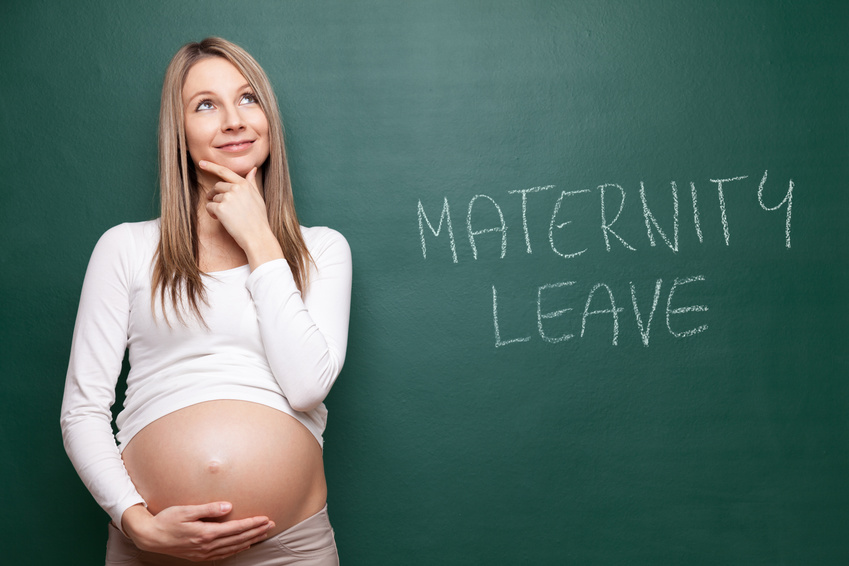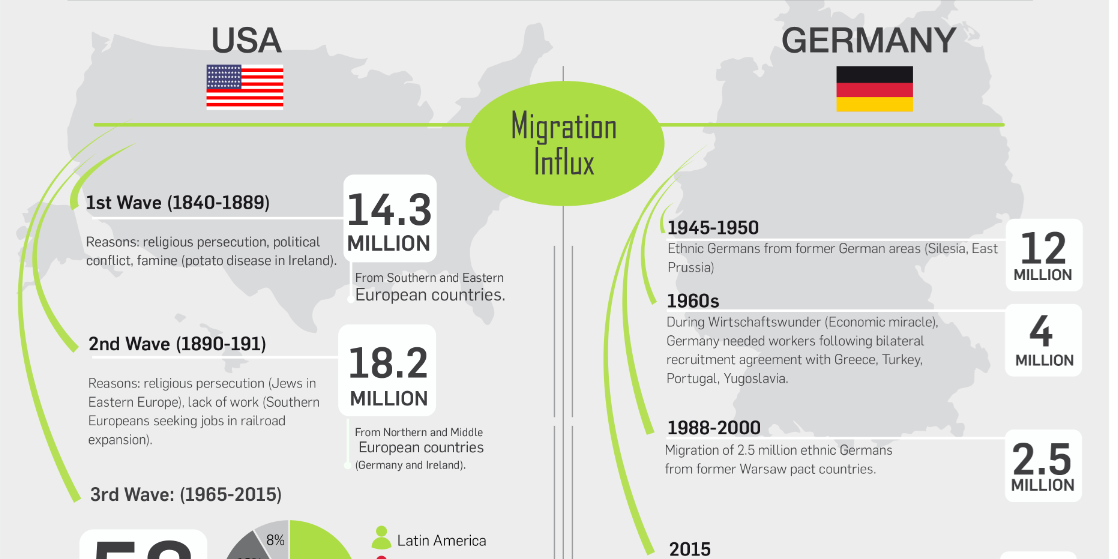
Germany is the third oldest country in the world and has a low fertility rate. The main problem is the German mentality that stigmatizes working mothers. However, with the improvement of child-friendly infrastructure and the influx of refugees, the birth rate is increasing for the sixth year in a row.
Every time I’m back in Germany, I immediately notice how old people are in comparison to the United States. It’s a feeling that I don’t have when I’m back in France. A glance at the demographic confirms my assumption. According to the last CIA World Factbook, Germany is the third oldest country in the world, only topped by Japan and Monaco. In fact, the German median age is 9 years higher than the American.
Median age by country
| Germany | 47.1 |
| United States | 38.1 |
| France | 41.4 |
| Japan | 47.3 |
| Mexico | 28.0 |
It also looks like Germans do everything later than Americans! They die older (80.8 vs 80.0 years) and have children later. A mother’s mean age at first birth is 29.4 in Germany (vs. 26.4 in the US). Germans have also fewer children (1.5) than Americans (1.8 births per woman).
Year after year, the fertility index dropped. But, in 2016, the Federal Statistics Office was glad to report that Germany’s fertility rate had reached its highest level since the 1970s. Furthermore, for the sixth year in a row, the index has increased. However, 1.59 birth per woman is still not enough to keep the population constant.
Why do Germans have so few children?
I’ve talked at length about maternity leave in this blog: “Maternity Leave In Germany? A Comparison With The United States.”
Compared to the US, maternity benefits are high. Germany has an established, country-wide social security net for mothers and mothers-to-be. A maternity allowance, paid parental leave, state-funded child support, and a child-raising allowance are cash benefits that ease parenthood.
So, why don’t German women have more children if they get so many benefits?
As I stated in my earlier post, Germany has a blocked mentality when it comes to motherhood. Even in 2019, German mothers with young children are criticized for going back to work. What happened to me in 2000 is still very real, as author Michèle Rothenberg writes in this 2018 article (in German). Statements like “I could never let someone else raise my kids” are very common.
Presently, 56% of German women with one child and 70% with two children are working part-time only. The nation’s generous benefits are time-limited. Paid parental leave is available for one year. Maternity allowance is available for a few months. 194 EUR per child per month (the amount is higher if you have three children or more) is the state-funded child support and doesn’t compensate for the loss of income of a full-time job.
Germans are not patient with children who aren’t theirs
It’s been no secret that Germany’s population has been aging for decades. Over one in five German is older than 65. If you arrive in Germany at a time when the active population is at work, you will see more seniors than children in the streets.
Since the birth of my oldest daughter, now 19, I know firsthand how Germans (many but not all) can be unfriendly to a family with children. Many restaurants had only one or two high chairs for the youngest ones, and that hadn’t changed much 10 years later when my youngest was born. Diaper-changing facilities were not the standard everywhere, and even in 2011 when Pauline was born, I often changed diapers directly on the floor of a restroom (do not worry, German moms are equipped with full diaper bags, including a plastic cover for such situations!) or went back to my car to do it.
Going with a stroller into a coffee house after 5 pm? People looked at me weirdly. I thought at first they were judging me for not being home with my baby and cooking dinner for my husband. Later, I found out that they were just afraid of the baby crying during their happy hour.
What does this mean for the German economy?
German media always call for alarm when it comes to the “Demographic Armageddon,” as the Handelsblatt (the leading daily economic newspaper) stated last January. “While in 2020 there will be three workers for every person over 65, the ratio will drop to 1:1 by 2035.” The Handelsblatt noted that “It doesn’t look like it, but Germany’s best years may well be behind it.”
A gloomy prophecy? Maybe. Predictions for the long term are hardly accurate. Nevertheless, “Good Old Germany” truly is old.





Yeah Mexico is the young and great country!!! And they love kids!!
Ready to move there Toto??